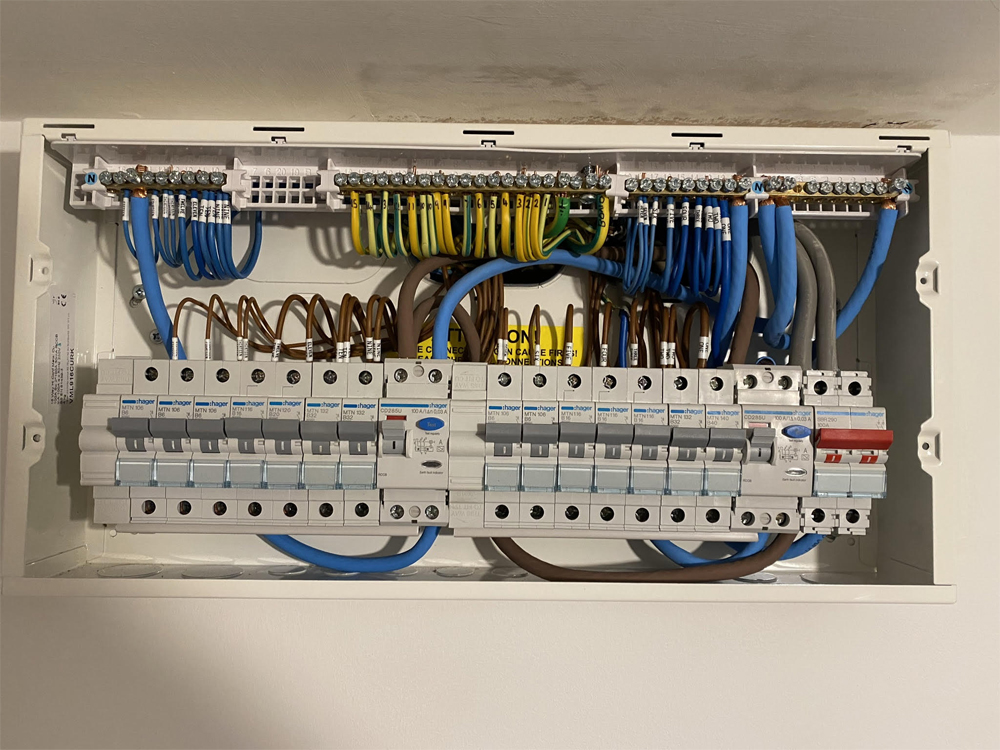In the modern age, electricity powers our lives, enabling us to enjoy the comforts and conveniences of the digital era. Domestic electrical installation is the backbone of any home, ensuring a safe and reliable flow of power for various appliances and devices. Whether you’re building a new home or renovating an existing one, understanding the fundamentals of domestic electrical installation is essential. In this comprehensive guide, we will explore the crucial aspects of domestic electrical installation, empowering you to make informed decisions and create a safe living environment for you and your family.
1. Understanding the Basics
Before delving into the intricacies of domestic electrical installation, it’s essential to grasp the basics. Learn about the different types of wires, circuits, and electrical systems commonly used in households. Familiarize yourself with voltage, current, resistance, and power, as these concepts form the foundation of electrical work.
2. Safety First
Safety should always be the top priority when dealing with electricity. Equip yourself with the necessary safety gear, such as insulated gloves and safety goggles, and ensure the power supply is turned off before starting any installation work. Familiarize yourself with the location of the circuit breaker and how to safely operate it in case of emergencies.
3. Planning Your Electrical Layout
Careful planning is crucial to a successful domestic electrical installation. Determine the placement of outlets, switches, and lighting fixtures based on your daily activities and furniture arrangement. Consider future needs, such as additional appliances or home automation systems, and plan your wiring accordingly.
4. Wiring and Circuit Installation
Learn about different types of wiring, such as Romex and conduit, and choose the one that suits your needs. Understand the concept of circuits and how to properly size them based on the connected load. Properly route the wiring through walls and ceilings, ensuring it is secured and protected from damage. Follow the national and local electrical codes to ensure compliance and safety.
5. Installing Outlets and Switches
Installing outlets and switches might seem simple, but it requires precision and attention to detail. Understand the different types of outlets, such as standard, GFCI, and AFCI, and install them according to the specific requirements of each area in your home. Properly ground all outlets and switches to ensure electrical safety.
6. Lighting Installation
Lighting is a vital aspect of domestic electrical installation, enhancing the ambiance and functionality of your home. Learn about different types of lighting fixtures, such as chandeliers, recessed lights, and pendant lights, and install them according to your aesthetic preferences and lighting needs. Consider energy-efficient options, such as LED bulbs, to reduce your electricity bills.
7. Regular Maintenance and Troubleshooting
Once your domestic electrical installation is complete, regular maintenance is essential to ensure everything continues to function smoothly. Periodically check for signs of wear and tear, overheating, or electrical issues. Familiarize yourself with common troubleshooting techniques, but always consult a qualified electrician if you encounter complex problems.



